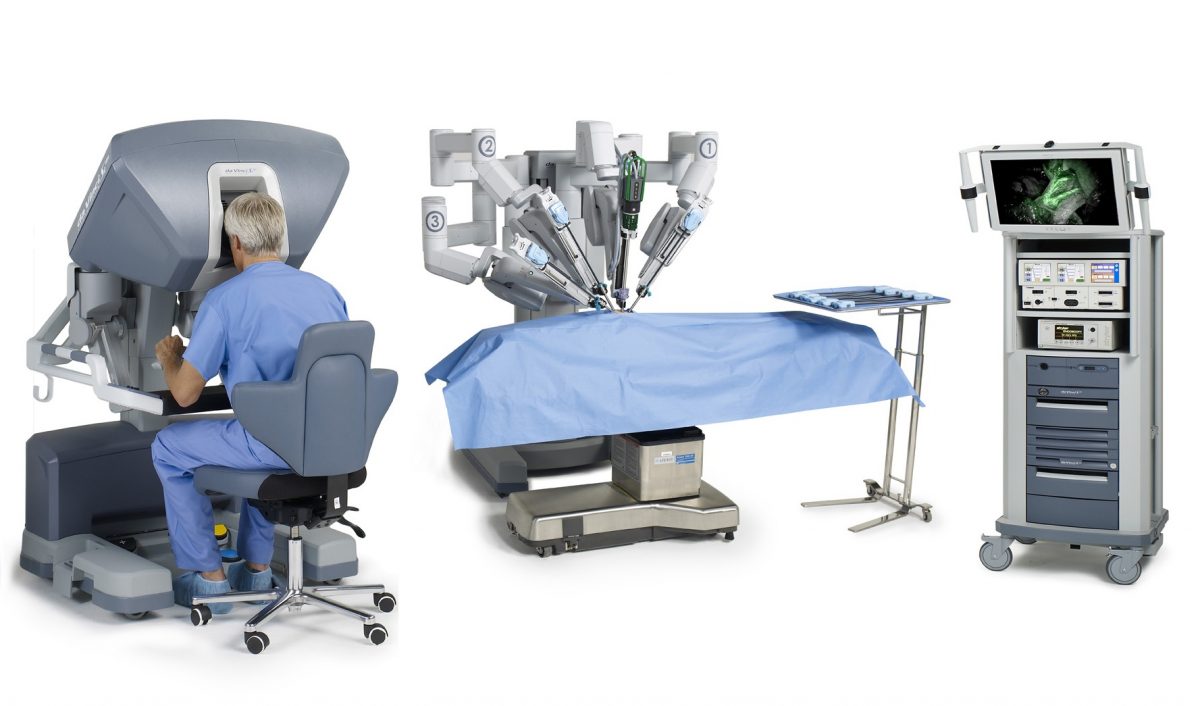In the last few years autonomous driving has experienced a breakthrough, with Tesla as the main driver for this innovation. The National Highway Traffic and Safety Association (NHTSA) defines five stages of automation as shown in the image below. The NHTSA believes that by 2025 there will be fully automated safety features for cars such as those of level 4 and 5 (NHTSA, n.d.). Even Elon Musk himself predicted in 2019 these features can be implemented very soon, because all they needed to do was improve the software (Hawkins, 2021; Vincent, 2019). Unfortunately, it is not that easy, since the implementations of last two levels of automation can have many complicated consequences.

One of the most interesting consequences is the fact that fully autonomous vehicles can shift the legal accountability and thereby disrupting for example the car insurance industry (Cusano & Costonis, 2017). Usage of self-driving cars raises one of the hardest questions for this innovation, namely if the driver is not involved in the process of driving, who can be held accountable in case of an accident? To answer this question the first thing you need to look at is how it is currently handled. Simply put, most of the times the accident handled by looking who is at fault, and the incurred costs are spread accordingly (Schwartz, 2018). This is called comparative fault (Schwartz, 2018). If the vehicle malfunctioned, it is possible to file a lawsuit against the manufacturing company, but hard proof is needed that a design-, manufacturing-, or marketing defects incurred (Rafi, n.d.). With the arrival of autonomous cars, although the overall number of accidents may decline, in case it does happen using comparative fault to hold someone accountable is not viable anymore. This is the case because the driver is not responsible for the actions of the car. According to Bellon (2018), when an accident happens, the emphasis is now on the design of the car, which would imply that the company should be held accountable. However, this solution can be detrimental for the industry, because charging the full amount of every accident to the company may harm the overall innovation and technology. Because this is still an abstract issue, there is a grey legal area with autonomous vehicles that has yet to be discovered, and therefore rules and regulations need to be adapted.
Sources:
Automated Vehicles for Safety. (n.d.). NHTSA. Retrieved 6 October 2021, from https://www.nhtsa.gov/technology-innovation/automated-vehicles-safety
Bellon, T. (2018, March 20). Liability and Legal Questions Follow Uber Autonomous Car Fatal Accident. Insurance Journal. https://www.insurancejournal.com/news/national/2018/03/20/483981.htm
Cusano, J., & Costonis, M. (2017, December 5). Driverless Cars Will Change Auto Insurance. Here’s How Insurers Can Adapt. Harvard Business Review. https://hbr.org/2017/12/driverless-cars-will-change-auto-insurance-heres-how-insurers-can-adapt
Hawkins, A. J. (2021, July 5). Elon Musk just now realizing that self-driving cars are a ‘hard problem’. The Verge. https://www.theverge.com/2021/7/5/22563751/tesla-elon-musk-full-self-driving-admission-autopilot-crash
Rafi, M. (n.d.). When to Sue a Car Manufacturer After an Accident. Rafi Law Firm. Retrieved 6 October 2021, from https://www.rafilawfirm.com/blog/when-to-sue-car-manufacturer/
Schwartz, V. [The Federalist Society]. (2018, April 12). Driverless Cars: Crashes, Damages, and Liability [Video]. YouTube. https://www.youtube.com/watch?v=Hb_u6P31xQ4
Vincent, J. (2019, April 24). Tesla’s new AI chip isn’t a silver bullet for self-driving cars. The Verge. https://www.theverge.com/2019/4/24/18514308/tesla-full-self-driving-computer-chip-autonomy-day-specs#507425614


